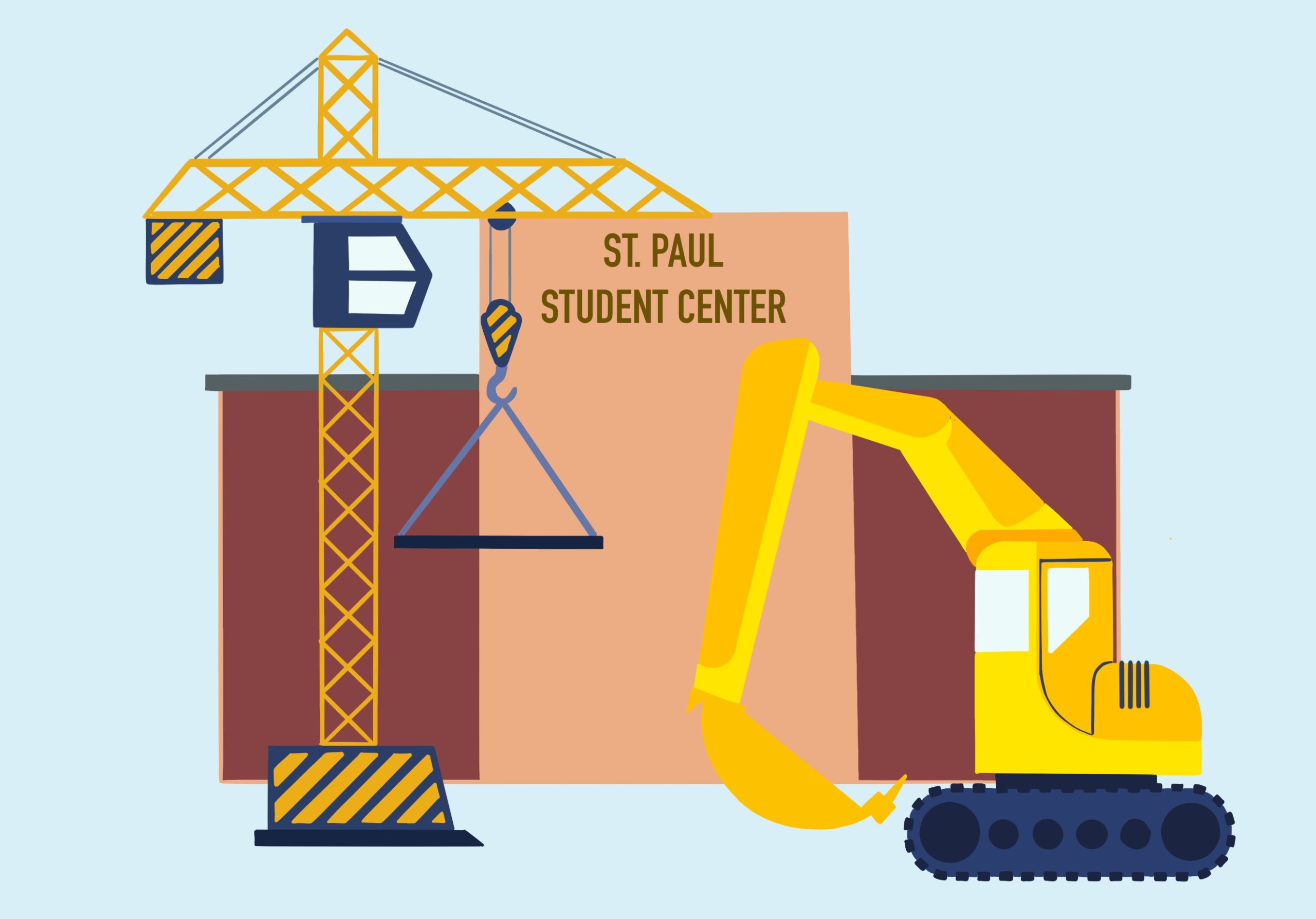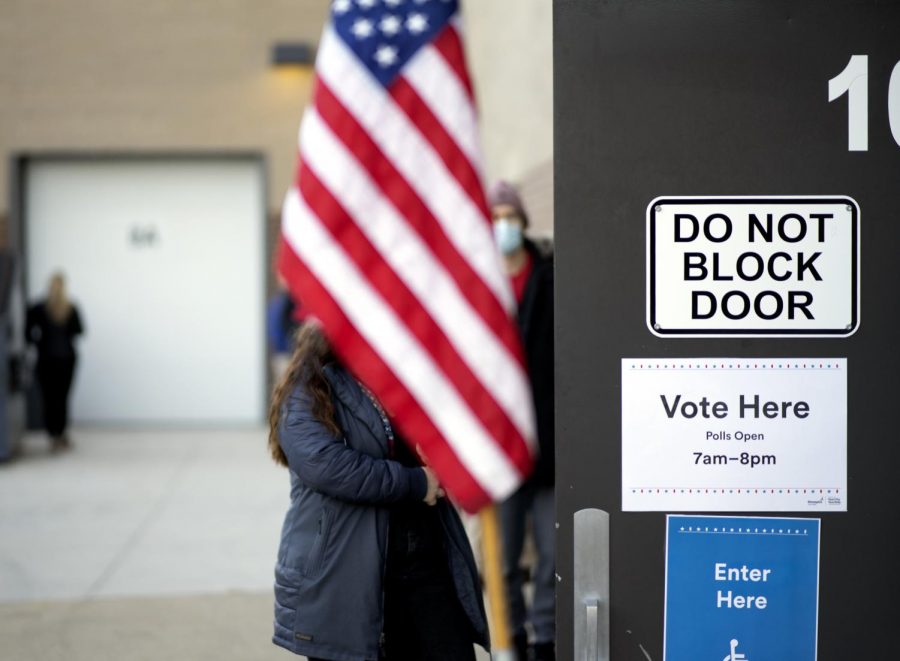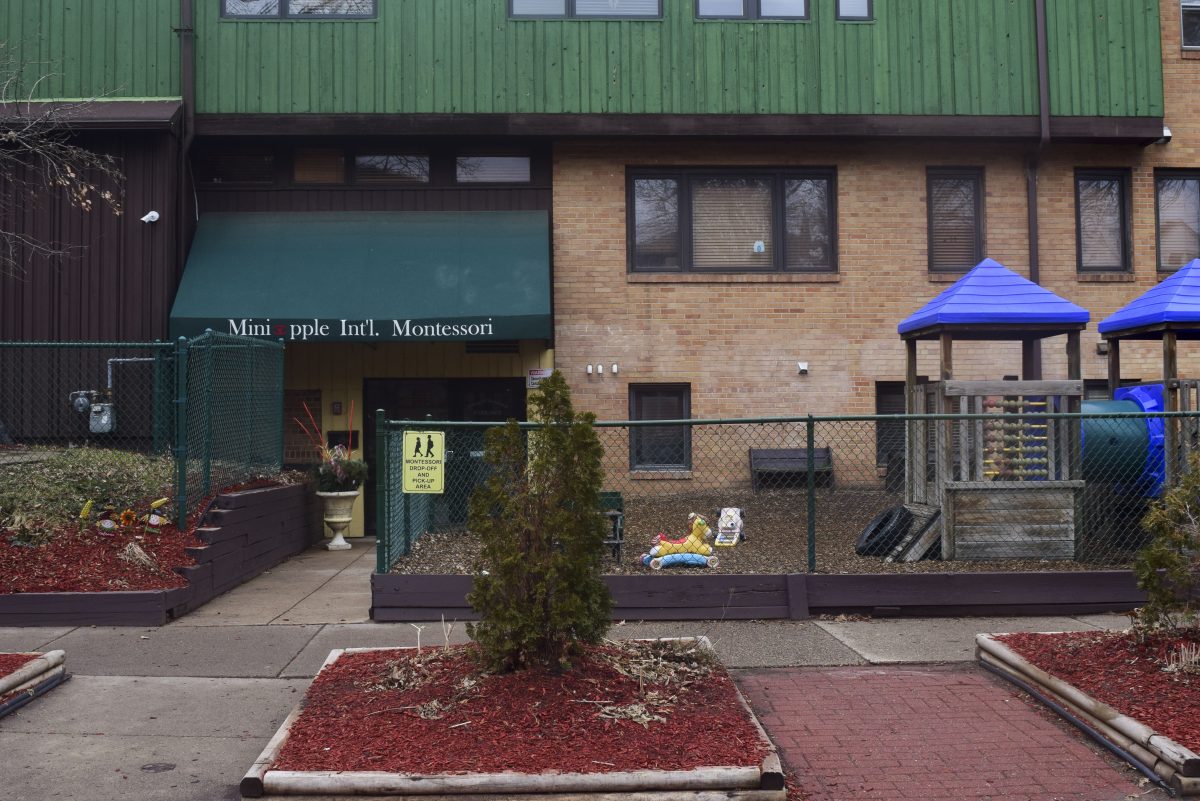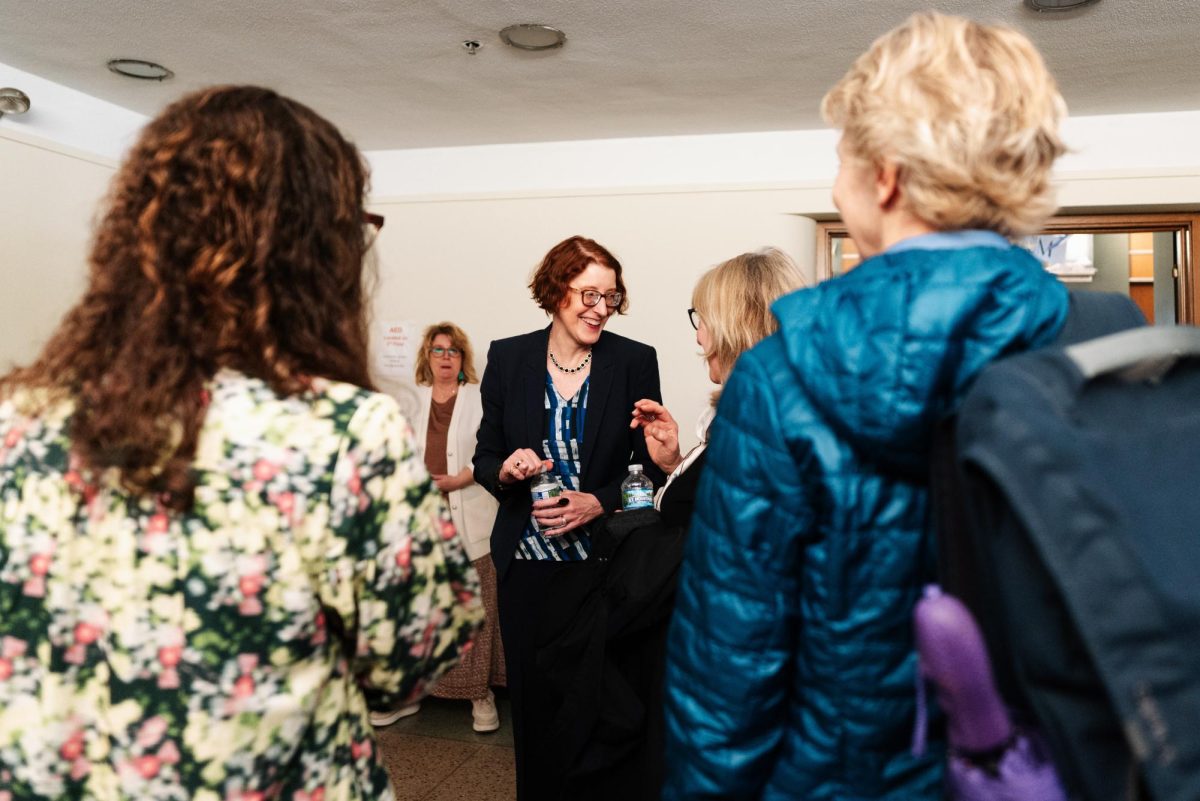Voter participation in neighborhoods around the University of Minnesota increased in the last decade, but municipal election turnout has remained significantly lower than citywide averages.
All 13 seats on the Minneapolis City Council are up for grabs in this year’s election. Elected city council members will serve a two-year term due to redistricting in 2021.
In the past, turnout in precincts on and around campus has been markedly below the turnout citywide. Barely a quarter of registered voters in Dinkytown participated in the 2021 election, making it the lowest turnout across the city.
Como, Prospect Park, Stadium Village and parts of Marcy Holmes also trend below the city’s average turnout. Cedar-Riverside sees similar electoral participation in state and presidential elections, but turnout for municipal elections is slightly higher than other neighborhoods close to campus, according to voter turnout data from the city.
Lower turnout in local elections, generally, is due to less public interest as well as fewer resources than national elections, according to Larry Jacobs, director of the Center for the Study of Politics and Governance in the Humphrey School of Public Affairs. Presidential elections generate billions of dollars, and there is no comparable investment in turning out the vote for city council elections.
It is impossible to escape coverage of presidential elections, and city council races are almost the opposite, Jacobs said. He added students in particular are influenced by national voter campaigns, while older voters have had their voting habits tracked over many years.
In 2021, same-day registration rates in precincts on campus and in Dinkytown ranged from 70% to 80%, considerably higher than the rest of the city.
One explanation for this comes down to the timing of elections in the lives of college students, according to David Schultz, a political science professor at Hamline University. Leading up to elections, students are preoccupied with moving into new living spaces and starting classes.
Nearly half of U.S. states allow same-day voter registration, including Minnesota. Schultz said this makes it easy for students who were distracted earlier in the semester to still cast a vote.
“I think students are particularly confused with the amount of moving that oftentimes happens, and they’re thinking, ‘All right, here’s where I’m living now. But I still have a room in my parents’ house. Where do I go to vote?’” Schultz said.
The Minnesota Legislature passed three bills related to elections, including automatic voter registration for U.S. citizens applying for a driver’s license and allowing 16-year-olds to pre-register to vote. Schultz said these changes will be helpful, but more election education programs through high schools and colleges would be even more beneficial.
“Frankly, our election laws are very confusing,” Schultz said.
There needs to be more effort in explaining to college students why local government is important in their lives, according to Schultz.
“There is kind of a perversity here, that voter turnout for students is certainly better than presidential, as opposed to non-presidential [elections],” Schultz said. “Joe Biden or Donald Trump aren’t going to help you pick up your garbage. They’re not providing police protection. They’re not going to help you.”
The Undergraduate Student Government (USG) is putting together a voter guide to educate students about candidates in this year’s election, including responses from candidates about campus issues like safety, renter protections and student inclusion in policymaking, according to Katie Smithberg, local government coordinator and former voting captain for Row the Vote.
Row the Vote is USG’s voter registration initiative that involves visiting classrooms, voter pledges and making casting a ballot more accessible. Last year’s program resulted in over 4,000 students registering to vote on top of over 7,000 signed voter pledges.
Smithberg said this year, she has been more involved in educating students on the importance of elections and relating local races to students’ lives. There has been lots of positive feedback about voting in the upcoming election, she said, as well as surprise that there is an election to vote in this year.
One point of confusion in the registration process has been what materials voters need to bring to the polls if they have not already registered, Smithberg said.
For students who are unsure whether they should vote at their permanent or current address, the most important thing is just to go out and vote, said Carter Yost, director of government and legislative affairs.
“Students participating not only ensures that students are getting represented, as those voices are being heard, but also those democratic habits are shaped and set up,” Yost said.
When people vote consistently for the first few elections in which they are eligible, the likelihood they will become lifelong voters is dramatically higher, according to Yost.
Some of the biggest barriers for young voters are their school and work schedules, not knowing where to vote and not having transportation to the polls, according to CIRCLE.
Yost said USG worked with the University, the Secretary of State’s office and city voting services to bring an early voting pop-up site to Weisman Art Museum throughout the day on Oct. 31. Voters from any precinct in Minneapolis can cast a ballot, but they must be registered to vote before Oct. 17.
Having a one-day pop-up, rather than maintaining, staffing and monitoring a voting site for multiple weeks, as there has been in the past, has made it easier to ensure that the pop-up can happen at all, Yost said.
Early voting in Minneapolis began on Sept. 22 and will continue until election day. Voters can cast a ballot at the Election and Voter Services office at 980 E. Hennepin Ave., which is accessible via bus routes 4, 25 and 61.
USG will also host a voter registration and networking event with the Undergraduate Political Science Association on Thursday, Oct. 12, from 3:30 p.m. to 8:30 p.m. Students can register and have a chance to talk with their city council members.




























